Durian price today
In the Mekong Delta region: Ri6 VIP durian is priced at 55,000 VND/kg. Ri6 type A is priced at 45,000 - 46,000 VND/kg. Ri6 type B fluctuates at 30,000 - 31,000 VND/kg, Ri6 type C is negotiable. Ri6 AB bucket is priced from 35,000 - 40,000 VND/kg.
Thai durian prices in the Mekong Delta today: VIP Thai durian is at 95,000 VND/kg. Thai durian grade A ranges from 77,000 - 80,000 VND/kg, Thai durian grade B ranges from 57,000 - 60,000 VND/kg, Thai durian grade C ranges from 47,000 - 48,000 VND/kg. Thai durian AB ranges from 63,000 - 67,000 VND/kg.
Musang King grade A is at 115,000 - 120,000 VND/kg, grade B is at 85,000 - 90,000 VND/kg, grade C is negotiable

In the Southeast region: In Binh Phuoc : Ri6 type A is at 40,000 - 45,000 VND/kg, type B from 30,000 VND/kg, type C is negotiable. Thai type A is priced at 80,000 - 81,000 VND/kg, type B from 60,000 - 61,000 VND/kg, type C fluctuates at 47,000 - 48,000 VND/kg.
In Dong Nai : Ri6 A is 40,000 - 45,000 VND/kg, type B is 30,000 VND/kg, type C is negotiable. Type A durian is 80,000 - 82,000 VND/kg, type B is 60,000 - 62,000 VND/kg, type C fluctuates from 47,000 - 50,000 VND/kg.
In Tay Ninh : Ri6 A is 40,000 - 45,000 VND/kg, type B is 30,000 VND/kg, type C is negotiable. Thai type A is 78,000 - 80,000 VND/kg, type B is 58,000 - 60,000 VND/kg, type C fluctuates at 47,000 VND/kg.
In the Central Highlands: Ri6 durian type A ranges from 40,000 - 42,000 VND/kg, type B is at 25,000 - 28,000 VND/kg, type C is negotiable. Thai type A is priced at 75,000 - 78,000 VND/kg, type B is from 55,000 - 58,000 VND/kg, type C is priced from 45,000 VND/kg.
Latest durian price news
In the first 6 months of 2025, durian exports have declined significantly. Many shipments to China were returned due to contamination with banned substances, leading to a sharp drop in durian prices compared to the same period in 2024. In some regions, durian prices have dropped by 40-50%.
Cadmium is a toxic heavy metal that not only affects human health but also reduces crop yields.
Cadmium comes from both natural and human sources. Natural sources are mainly mined, while anthropogenic sources come from industrial activities such as battery and fertilizer production. Areas with industrial or mining activities are at high risk of cadmium residues in soil and water.
Cadmium is also accumulated due to the process of fertilization and use of pesticides. Cadmium is especially often found in phosphate fertilizers (this type of fertilizer contains Phosphorus). Farmers often use the most phosphate fertilizers when stimulating flower buds to increase the ability to set fruit. Sometimes when the weather is unfavorable, flower buds must be stimulated many times, which means using a large amount of phosphate fertilizer.
Depending on the condition of the soil, if the soil is too acidic (low pH), it creates conditions for Cadmium to dissolve and be more easily absorbed by plants, leading to the risk of Cadmium accumulation in durian fruit.
To control cadmium residues, farmers need to take practical measures. First, it is necessary to raise the soil pH to limit cadmium and improve nutrient absorption.
Use phosphate fertilizer in the right dosage, increase the use of organic fertilizers composted from biological waste...
In addition, specialized agencies need to assess the overall level of cadmium contamination in soil in key growing areas. Large farms should proactively take regular soil samples for testing to monitor cadmium residues and take timely corrective measures.
Source: https://baodaknong.vn/gia-sau-rieng-hom-nay-16-6-xuat-khau-sut-giam-nghiem-trong-255692.html










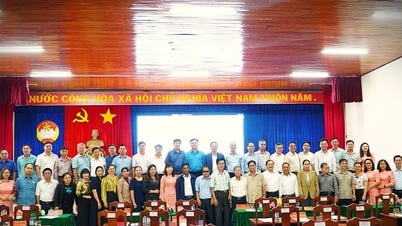


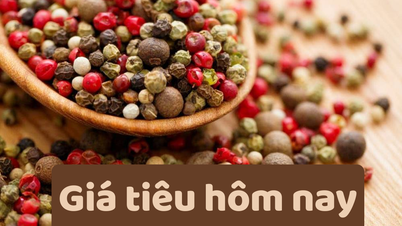
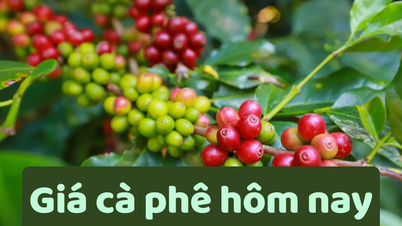





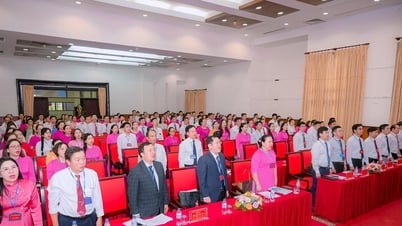




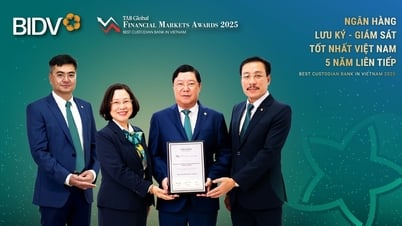




























































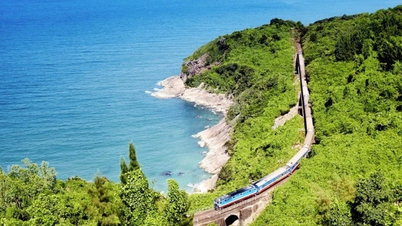












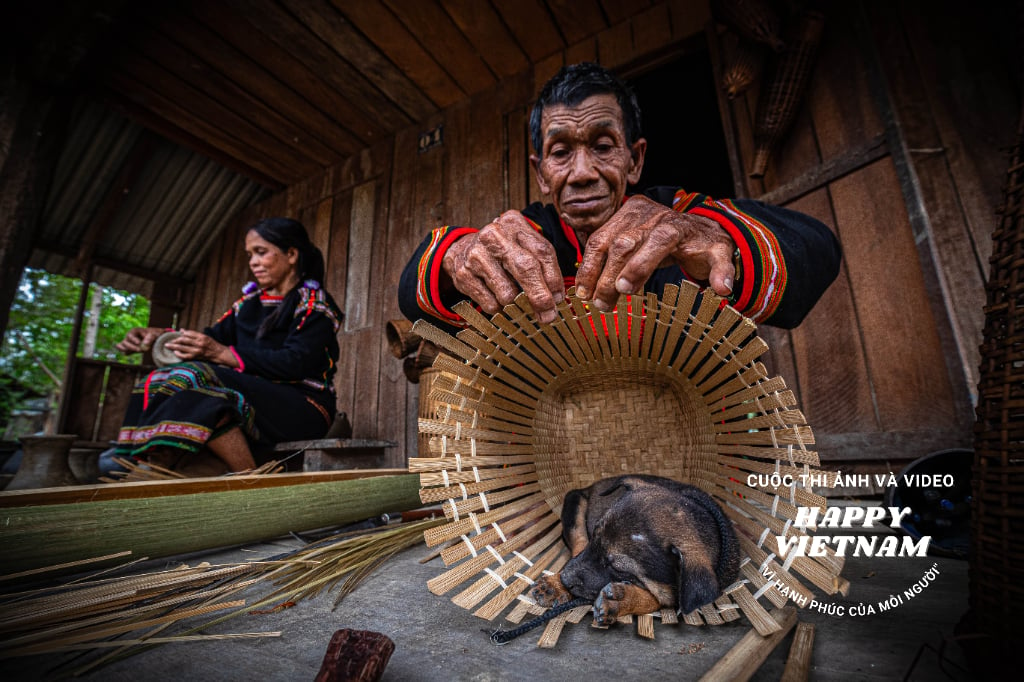
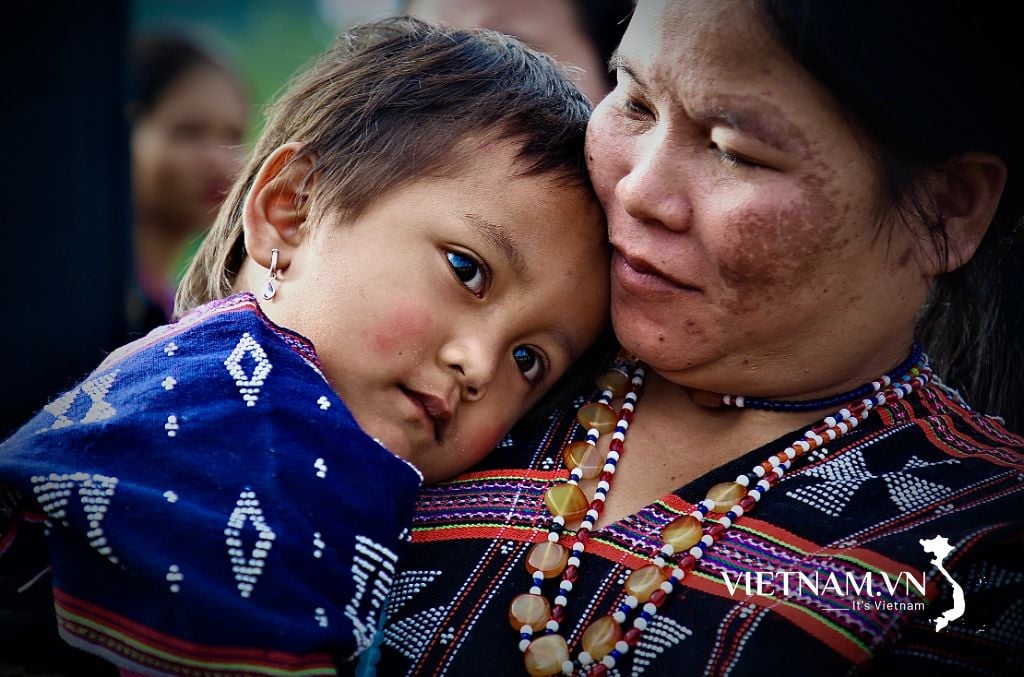
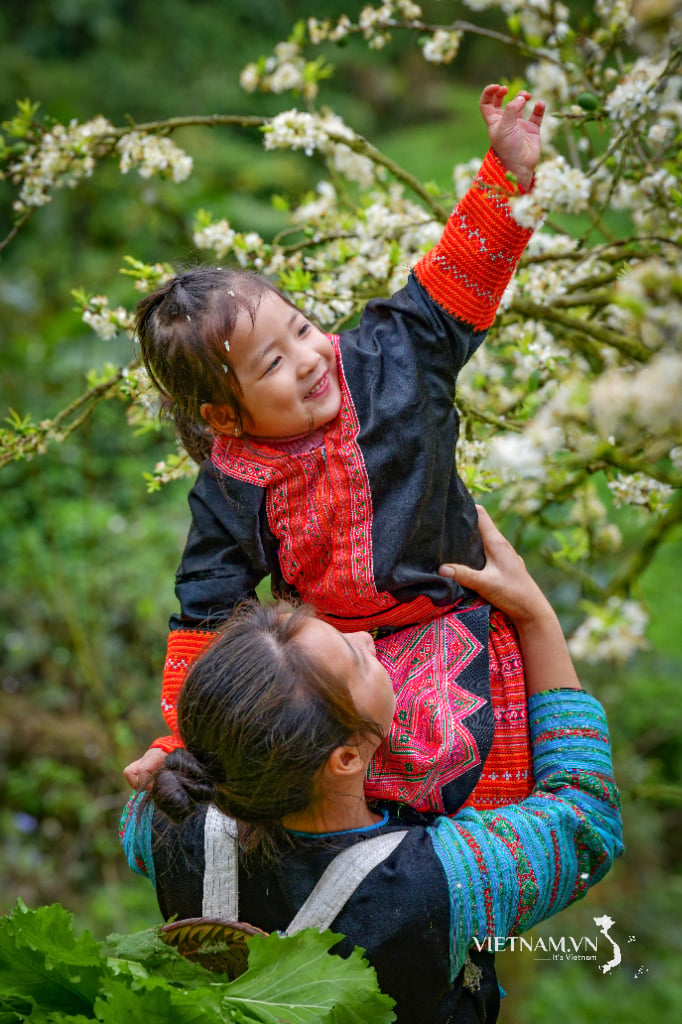

Comment (0)